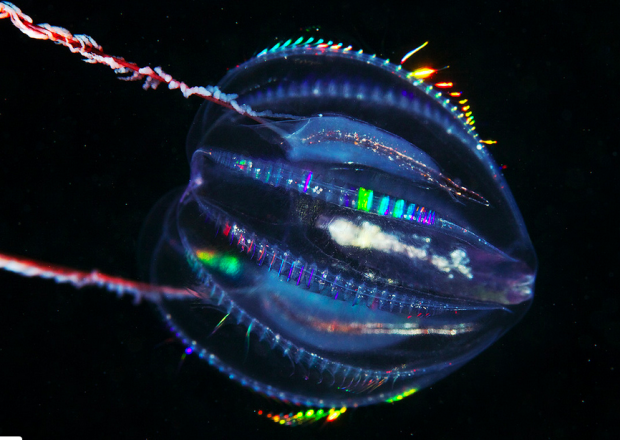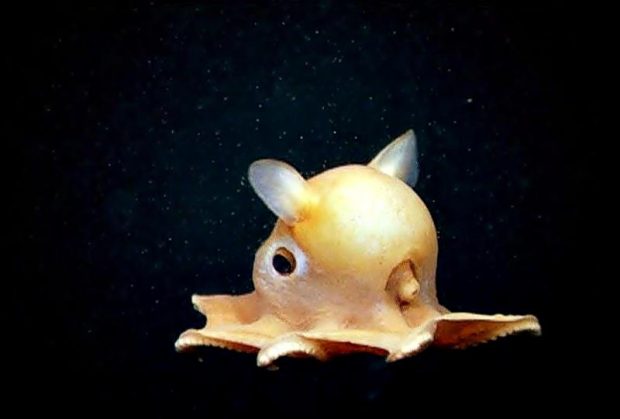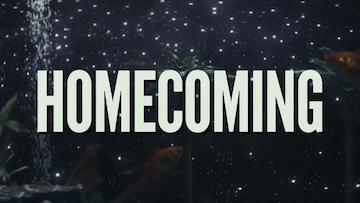By Mindy Larios
What lives in the deepest, darkest, and scariest part of the ocean? The ocean goes way further than what you think. The famous RMS Titanic ship lays barely 12,500 in the oceans dept. Although it is very deep in water, the depths of the ocean go beyond that. If you were too swim to the bottom of the ocean without pressure killing you by crushing your lungs (which is impossible), you would enter the different zones of the ocean; the well-lit zone, the danger zone, the midnight zone, and lastly, the hadal zone. Even in the darkest zone of the ocean, you will still find sea life. These marine creatures of the deep sea are strange and very fascinating.
The Japanese Spider Crab
The Japanese Spider Crab is absurdly huge. At their largest, their legs can be thirteen feet long and can way up to 44 pounds. Since the Japanese Spider Crab’s body is mostly legs, this crab could easily hover over you if it wanted to. These crabs can live up to an entire century (100 years). However, the Japanese Spider Crab isn’t only found in the deep sea. When these crabs look for a mate, they prefer to move into shallower waters. But for the most part, as the Japanese Spider Crab gets bigger, they tend to move deeper and deeper into the darkest parts of the sea.
Comb Jellies
Some of the strangest animals of the deep sea are bioluminescent sea creatures. Ctenophora, or more commonly known as the Comb Jellies, are part of the bioluminescent group and are very bizarre and unique. They are beautiful, oval-shaped animals with eight comb like plates which they use to move themselves throughout the water. Their colorful rainbow-like appearance, is due to the comb rows diffracting as they swim which creates a shimmering effect. Although they don’t have any bones and are mostly composed of water, Comb Jellies can expand their stomachs to hold prey nearly half their own size. Just like normal jellyfish, Comb Jellies have no ears, nose, brain, head, or heart.
Dumbo Octopus
Dumbo octopuses were named after Walt Disney’s famous character Dumbo the elephant because of the ear like fins. These animals move by flapping their ear-like fins and use their arms to steer, making them move quickly, gracefully, and with ease. Dumbo octopuses are naturally very rare because they prefer to live in the extreme depths of the ocean. These octopuses have the ability to live in very cold waters and in the complete absence of sunlight. Although not much is known about this rare marine creature, scientists don’t consider them dangerous or endangered. Dumbo Octopuses are sometimes referred to as “the umbrella octopus”.
Fangtooth
The fangtooth is the deepest living fish species discovered. They live in the midnight zone of the ocean and have adapted to their dark, scary, and deep environment. Although their appearance is frightening, fangtooth fish do not like bright light so they only go up to the surface during the night. They have fang-like and disproportionately large teeth making them dreadful looking. Apart from their scary appearance, fangtooth fish are harmless to humans because they are small in size. However, if you were surrounded by a very large group of fangtooth fishes, they’d most definitely rip you apart.

























